Round the World – The Pacific, Part 9
I was up a little after 3am the next morning. The catering staff had very kindly offered to get up and provide some simple food before our departure. I polished off an apple for breakfast and took possession of the sandwiches which they had made for us; inch-thick slabs of American cheese between white bread. They had offered us rather more but I’d declined due to the US’s strict laws around import of foodstuffs; if we turned up with anything uneaten we would have to pay hundreds of dollars in disposal fees.
The owner of the lodge and his daughter drove us back to Cassidy Airport. Not entirely to my surprise the place was deserted, with the terminal dark and locked up. This despite confirming the departure timings with all the relevant individuals on our arrival. I poked around and knocked on some doors but nothing stirred. I did discover that the window to the customs office was unlocked and thought about climbing in, but decided this might ultimately cause more issues than it solved. I discarded the idea of jumping the fence for similar reasons. The lodge owner headed off, stating that he knew where the airport manager lived and would knock on her door.
Twenty minutes later the immigration man showed up, followed by customs. Neither of them had keys, and apparently there was supposed to be a watchman there keeping an eye on everything and permitting access; he was nowhere to be found. In the end they climbed in through the unlocked window that I’d found, and things got moving.
Exit formalities were quickly completed, although the guy who takes the fees hadn’t shown up despite attempts to locate him. Twenty minutes later than planned we were finally able to start up and begin taxiing. As we made our way towards the runway a car zoomed up; the long awaited money man had finally arrived.
With the clown show finally over we were given our clearance and departed from runway 08, turning left and beginning a slow climb to 9,000ft. As we departed we could see the airport fire engine idling outside its garage with lights flashing; the fire service had apparently turned up on time and were standing by just in case.
We quickly established contact with San Francisco Radio over the HF. They were feeling particularly chatty this morning. Eventually we settle on hourly position reports, and leveled off in the cruise to begin the journey towards Hawaii. The flight was a little shorter than the previous one, at just 1,361 miles.

About a third of the way through the flight San Francisco passed information of a “SigMet” weather alert for our area; embedded thunderstorms continuing as far as 8 degrees north. Fortunately the clouds were sufficiently scattered that we were able to remain mostly visual, and be sure of avoiding any dangerous storms.
A little while later San Francisco called up asking for a position report from our crossing of 14 degrees north. This was odd as we had passed this point an hour earlier and reported it to them at that time. “Oh sorry”, they responded, “I see you did report that one”. Two hours out from Honolulu we entered the US Air Defence Identification Zone (ADIZ). Shortly after this, as we passed RUDEE intersection, we were handed over to Honolulu control and given our first squawk code since leaving Australia. ADS-B weather started working again – this is weather information transmitted freely from ground stations that is displayed on the GPS screens in the cockpit. The US is the only place that uses this, and it’s a great aid to flight!
An hour and forty minutes out I noticed a change on the engine monitor. The cylinder head temperature of cylinder three had dropped, and the exhaust gas temperature had risen. This was indicative of a spark plug problem and a quick magneto check revealed that one of the two spark plugs for that cylinder had indeed stopped working. This was a great demonstration of the value that two independent ignition systems offer! A few minutes later the values returned to normal, suggesting that the plug had been temporarily fouled with a lead deposit, but I made a note to thoroughly check the ignition system in Hawaii.
90 minutes out we were given a reroute, adding another ten minutes to the flight time. We had been working hard to get through the cheese as we flew, but it had ultimately defeated us. To avoid any discussions around paying for international trash disposal, the cheese was jettisoned from the window as an offering to the deep. “Go West” by the Pet Shop Boys was playing over the intercom at the time and added a certain sense of occasion.
We touched down at Kalaeloa International Airport after a nine hour flight, and taxied to the FBO. Despite being clearly informed of our arrival time by phone and email it seemed that Customs and Border Protection had still managed to mess things up and hadn’t been expecting us until 2 hours later. The US is peculiar in that they won’t allow you to exit the aircraft until cleared by customs, and we ended up waiting there on the apron for an hour before CBP finally showed up. Despite this, it was great to finally be back in the USA, the country from which I had set out more than four years earlier; although the longest flight was yet to come!
It was a real luxury to be back in a comfortable hotel, with no big flights planned for the next week. I slept late before taking a walk to the closest cellphone store to get my phone working again. The shortest route took me through a shopping mall where I was pleased to run into a Ukelele store, although decided that I could probably do without buying one. Chores completed, we enjoyed an excellent Japanese lunch before heading out to Pearl Harbor.
A perfect natural harbour, Pearl Harbor has a major US naval base since the late 1800s. It is best known, of course, for the devastating surprise attack carried out by Japanese forces on December 7th 1941 which finally pushed the US to join World War II. The most renowned destination at Pearl Harbor is the memorial built around the wreck of the USS Arizona. To reach this memorial one takes a boat from the main part of the visitor complex, operated by US Navy servicemen.
1,177 servicemen lost their lives in the sinking of the USS Arizona and 1,102 of them still lie at rest in the wreck of the ship, just below the surface of Pearl Harbor’s waters. The memorial was built in 1962 and straddles the wreck of the battleship; the remains of the ship are clearly visible just below.
After visiting the Arizona memorial, our visit continued with a couple of hours in the Pacific Fleet Submarine Museum. The museum features exhibits covering the history of submarines with particular focus on their activities during World War II and the Cold War, as well as a look at the status of the US submarine fleet and submarine technology today.
The World War II submarine USS Bowfin is moored at the museum, and one can explore the submarine to get a glimpse of what it would have been like for those who served aboard it. Launched on the 7th December 1942, the one year anniversary of the Pearl Harbor attacks, the submarine set out on its first war patrol in the Pacific in August of 1943. The Bowfin claimed nearly 20 Japanese vessels during nine war patrols before the end of the war.
That evening’s dinner was a simple takeaway at the hotel, enjoying views of the Honolulu waters below.
Click here to read the next part of the story.
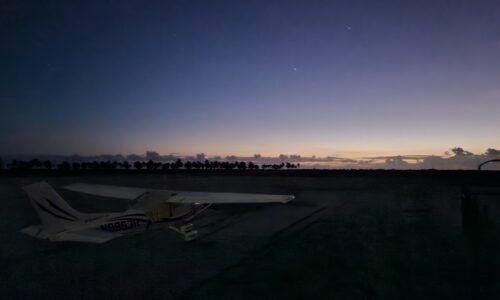
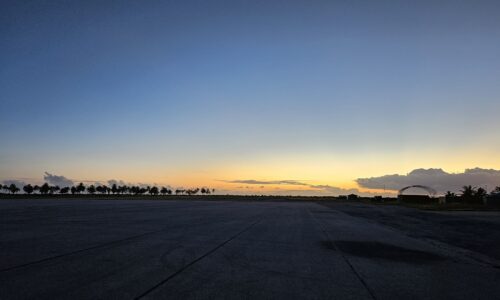
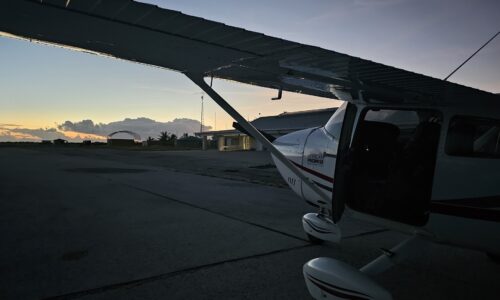
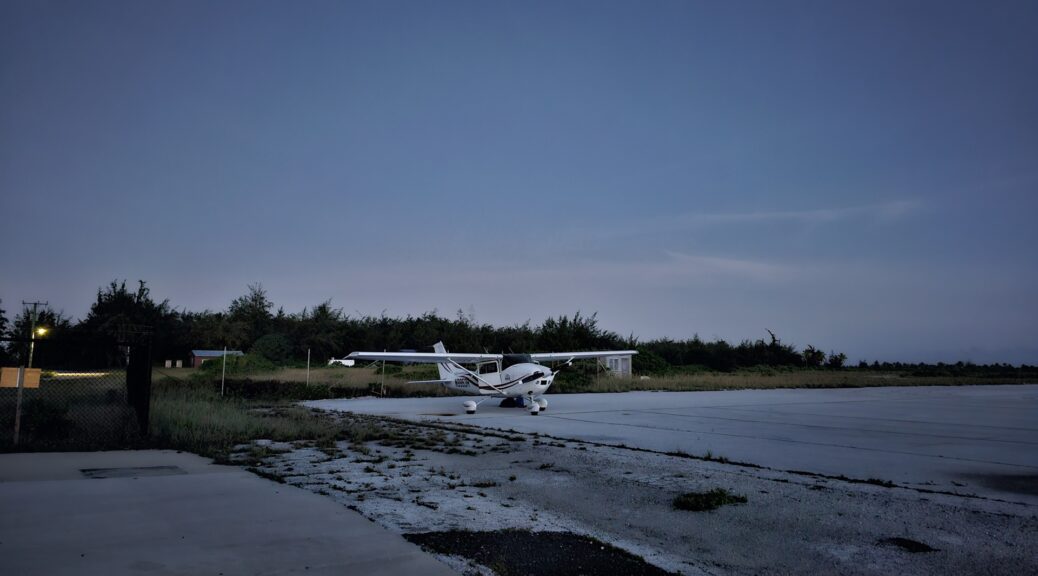

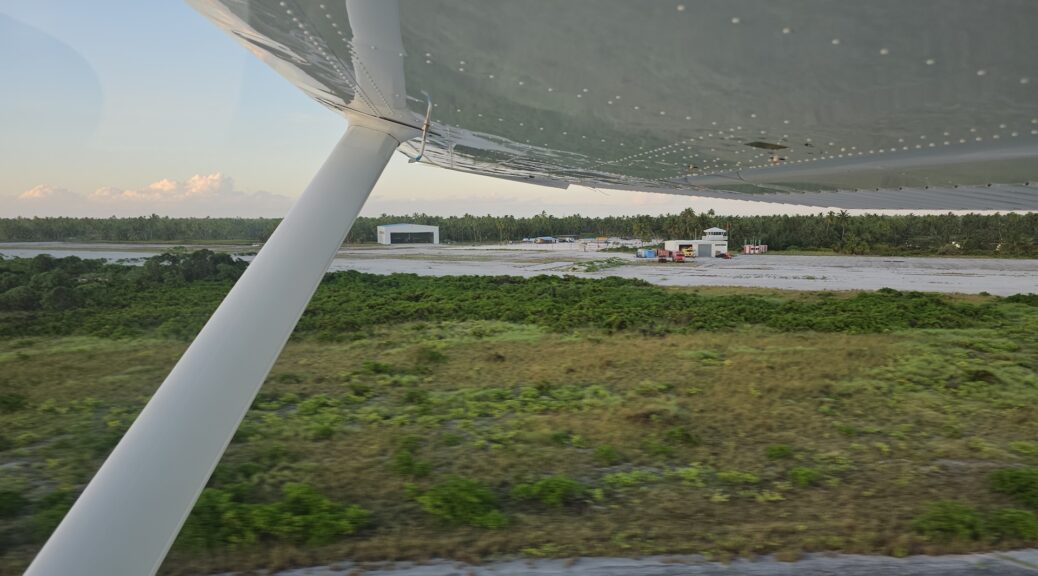
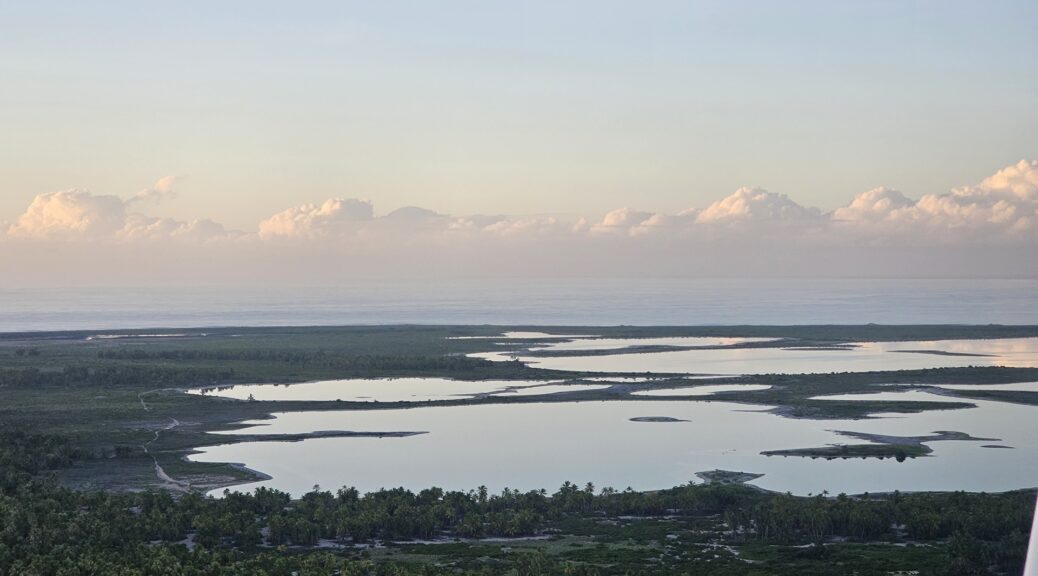



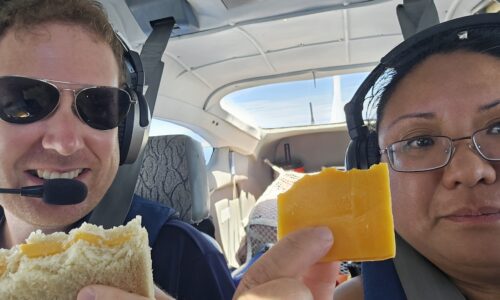
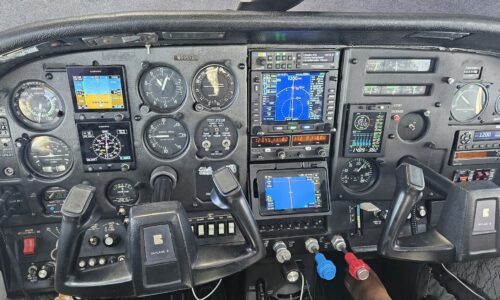

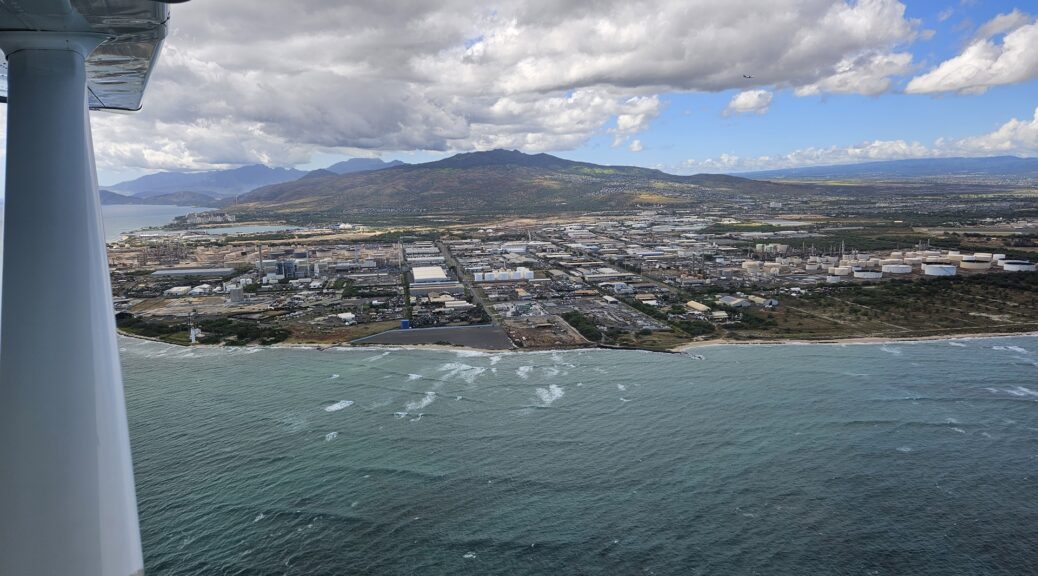
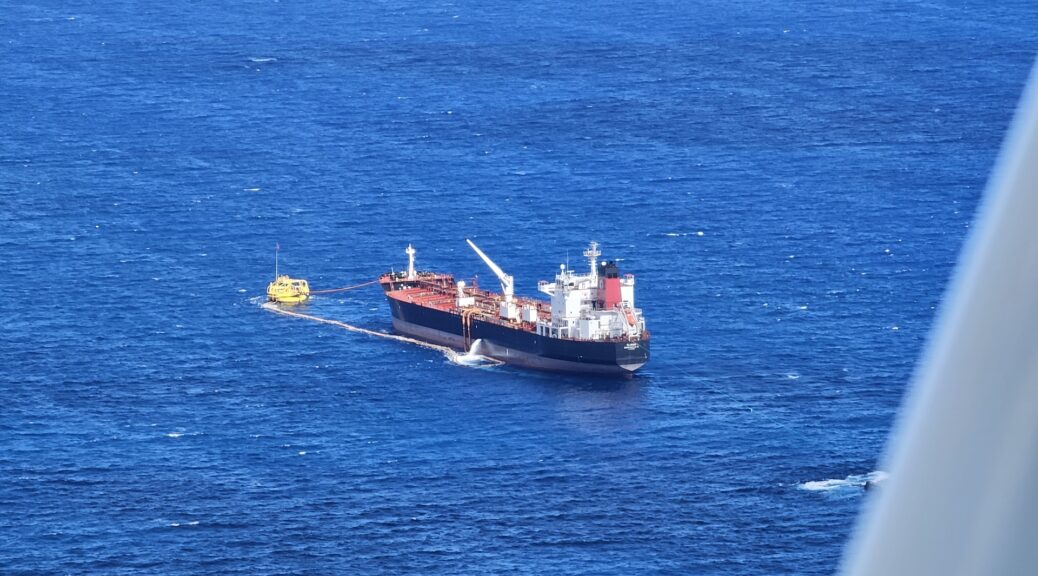

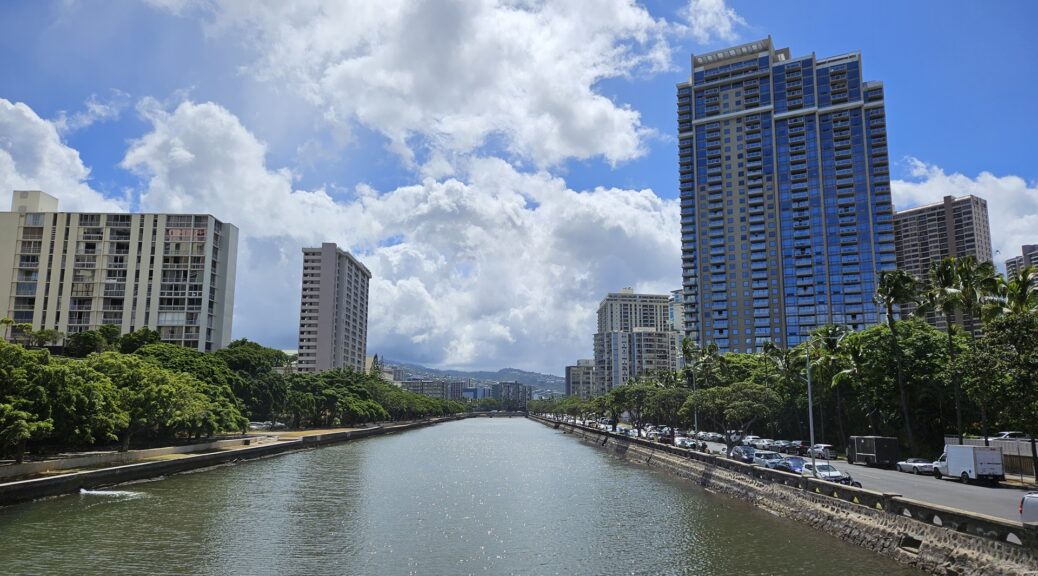

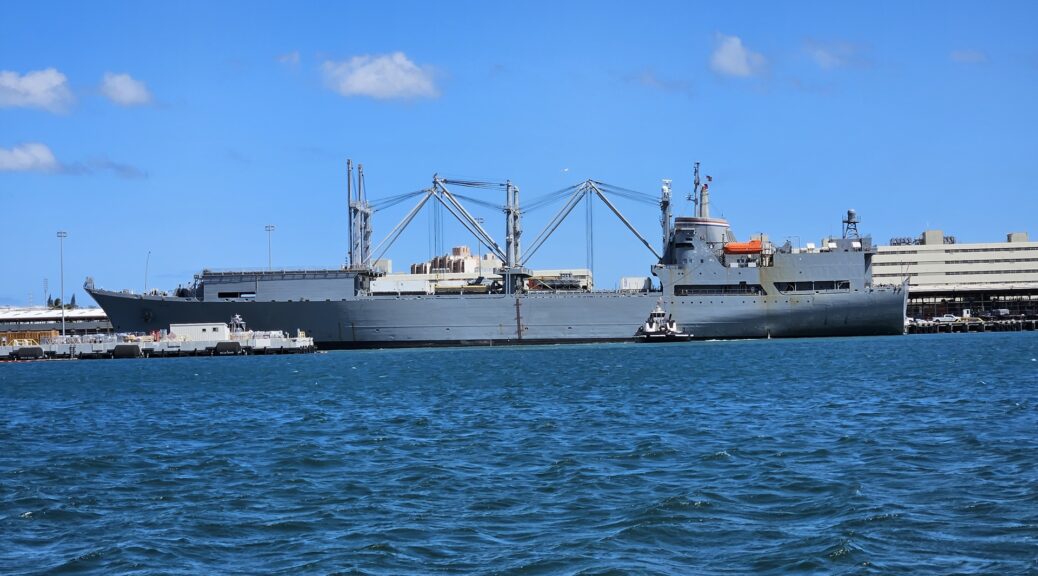
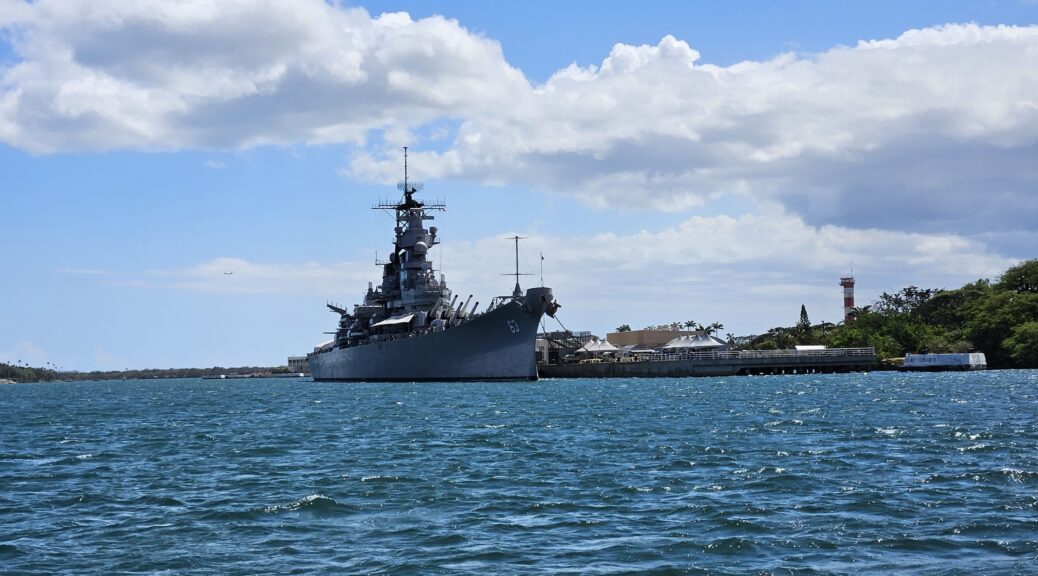

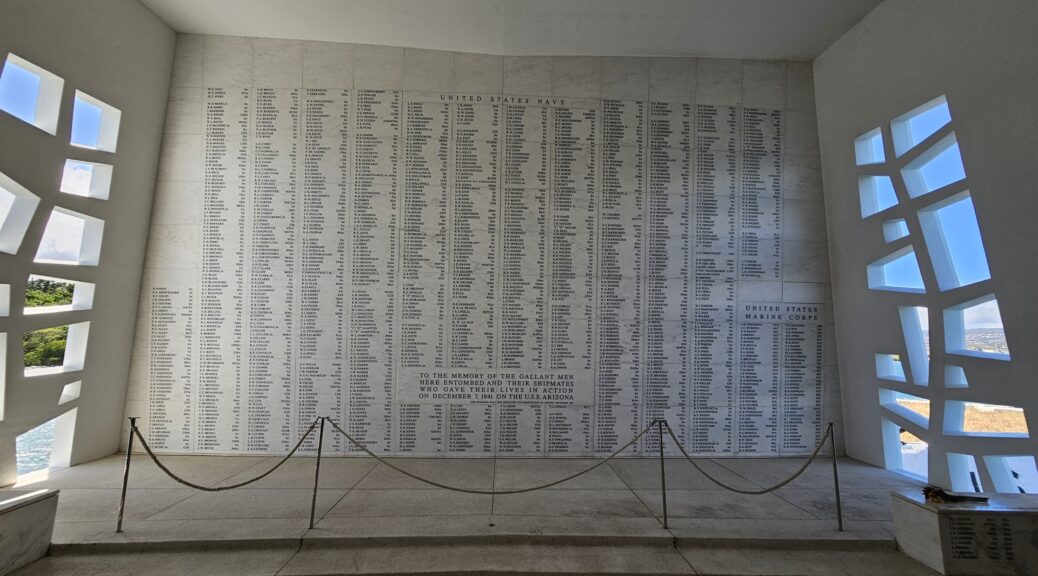


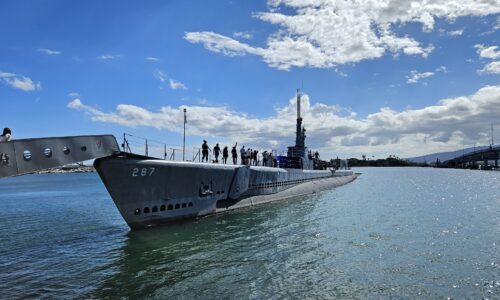




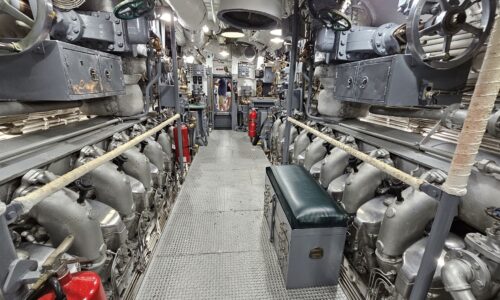
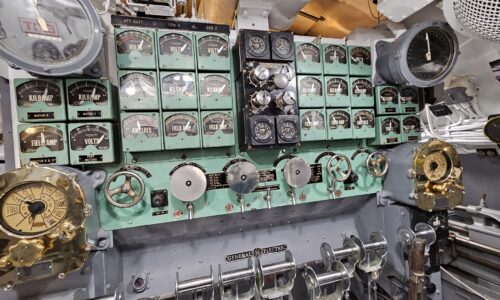
4 thoughts on “Round the World – The Pacific, Part 9”
Hi Ross
Just checked back to see if you were completing the “Around the World” flight & was surprised to see that you finished it on June 30th.
Congratulations! A huge accomplishment!
I’ll be reading about all your adventures over the holidays…Happy Christmas!
Regards,
Phil Pike
St. John’s NL Canada
Thanks, Phil! I’ll try and finish the write-up over Christmas, too – have a great holiday!
Hi Ross. I’ve been checking in regularly to see if you’ve updated the final leg of your round the world experience. Is been awesome to watch your progress over the years. I do hope you’ll finish an update soon. All the best. Andrew
Hi Andrew, thanks for the message! I will try and get the final few pages up soon!